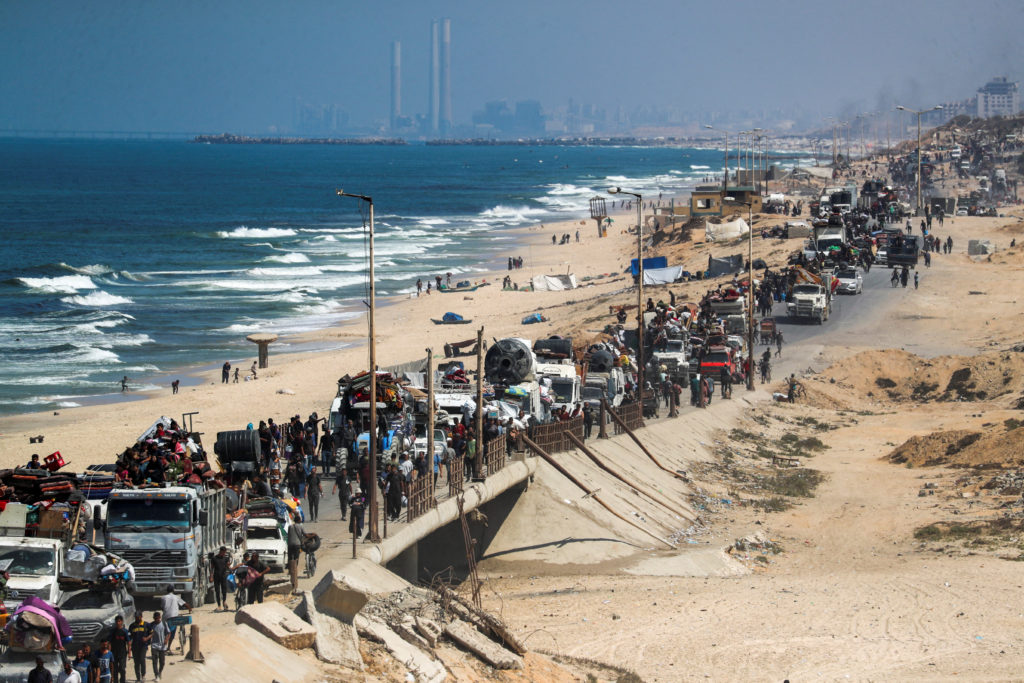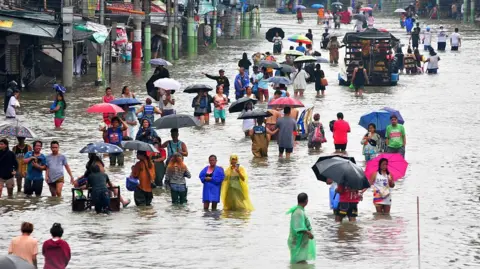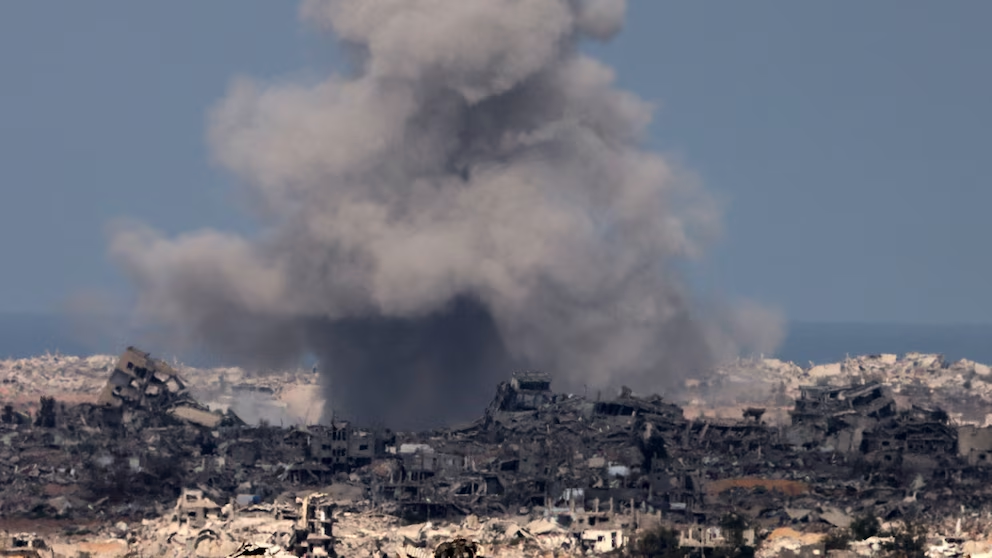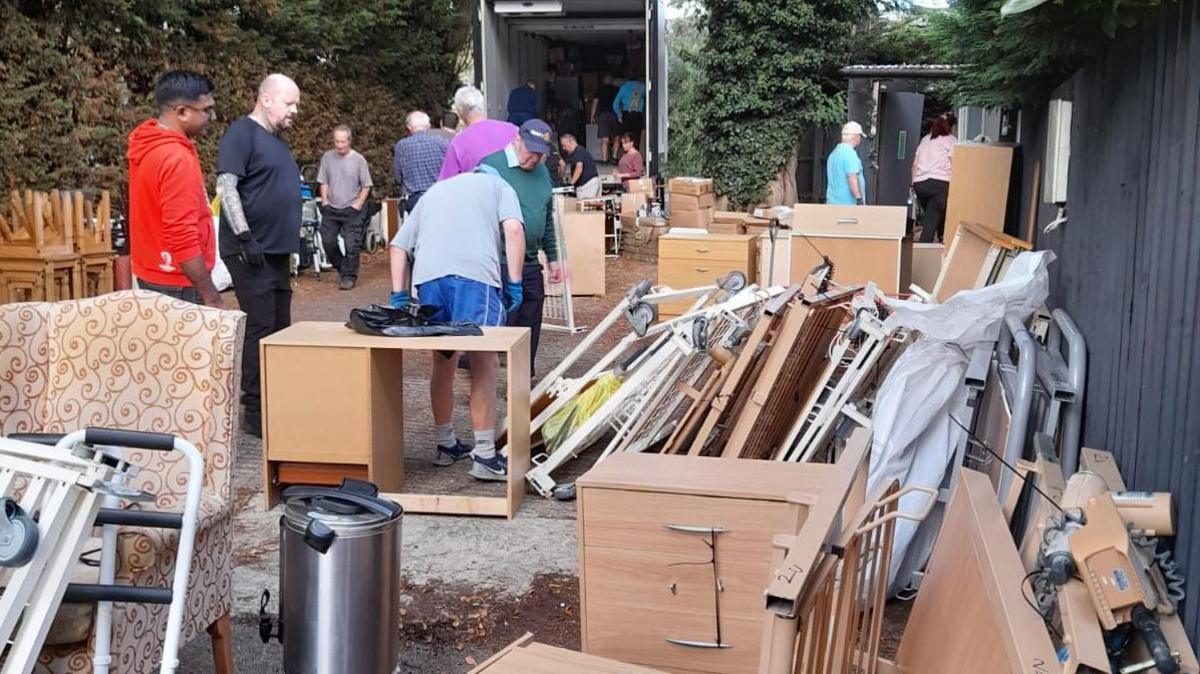Thousands of Palestinians Flee as Israeli Troops Push into Gaza City
The world once again turns its attention to Gaza, where reports of thousands of Palestinians fleeing their homes as Israeli…
Politics News
Reviews
Global News
Rahul Gandhi Says India Poll Panel Shielding ‘Vote Thieves’
Indian politics has long been a theater of sharp debates, powerful accusations, and a constant…









